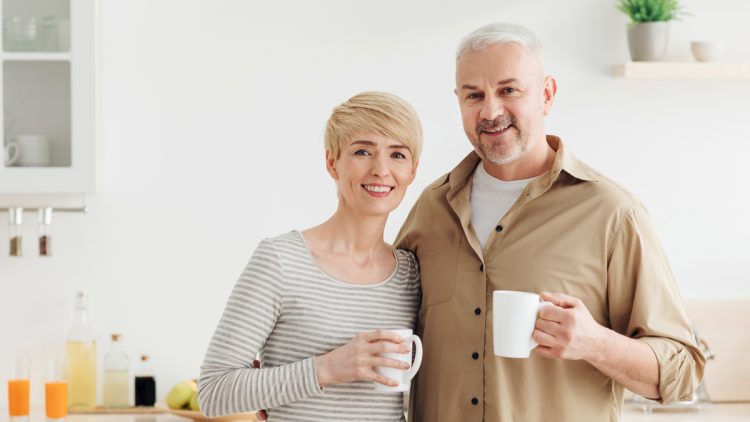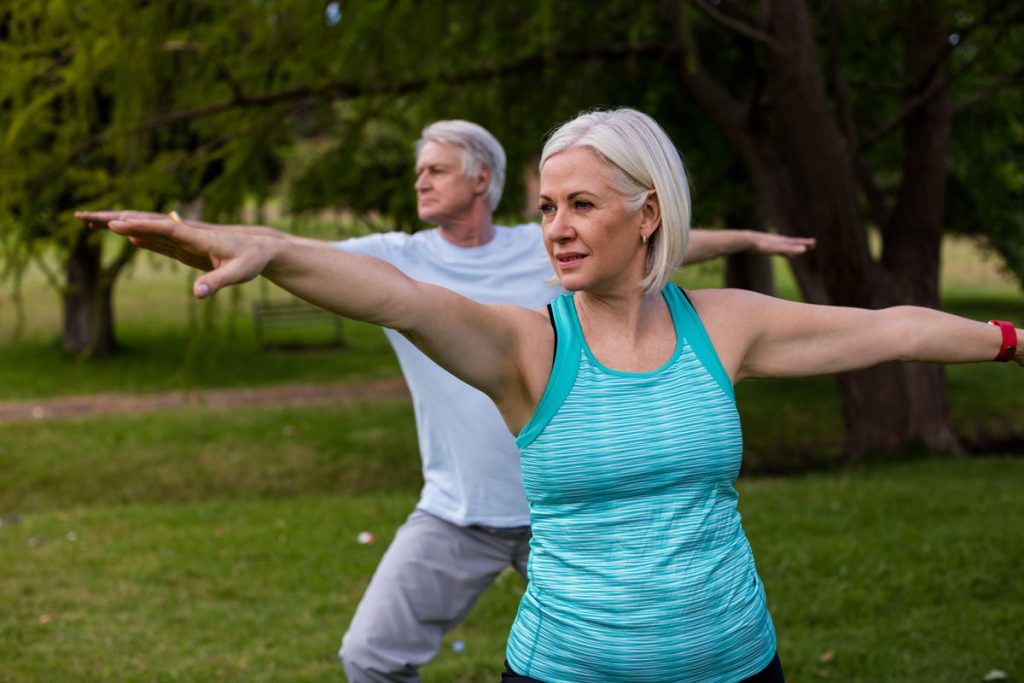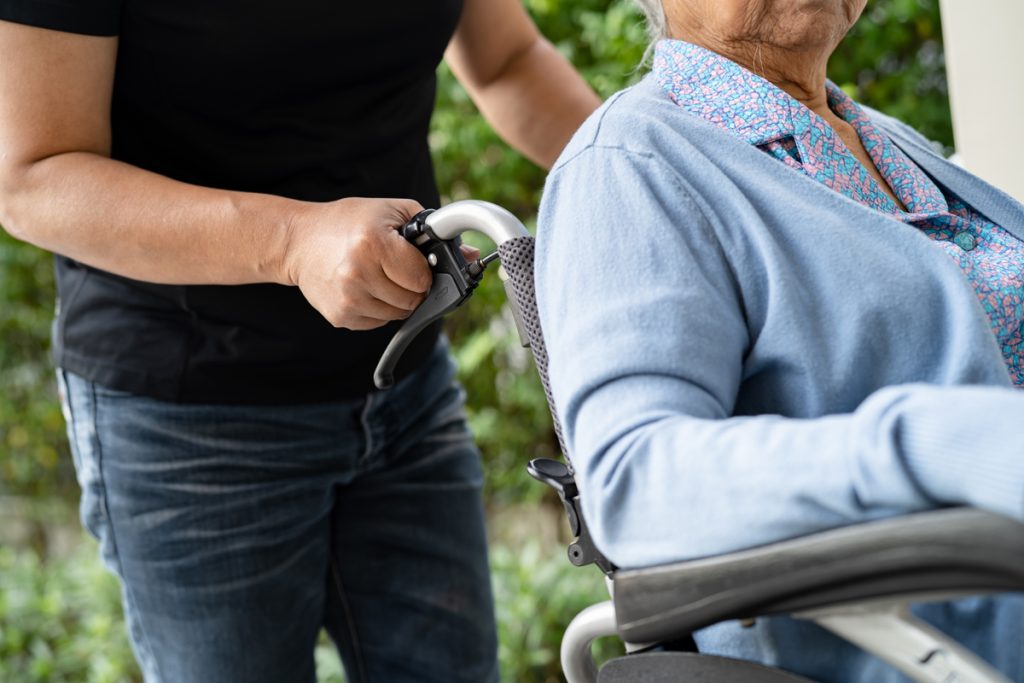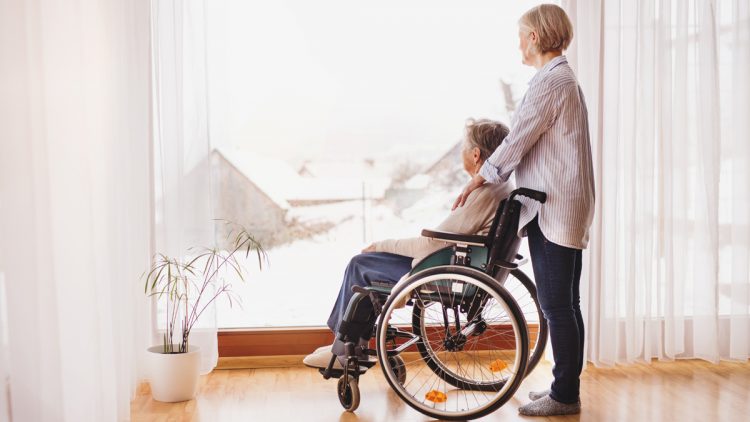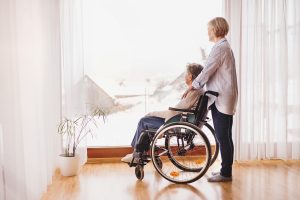How Smart Homes Can Improve Senior Care

New technology has both good and terrible sides, just like everything else. People appreciate utilizing new technology for a reason: it makes their lives easier.
This is especially true for smart home technology for aged care. It has a lot of connected gadgets and systems that can change the way seniors are cared for. Families and caregivers may make older folks safer, more comfortable, and happier by adding smart home technologies.
One of the most important things to think about when caring for seniors is how to keep them safe and sound. Smart home technology has come up with a number of new ways for seniors to live that can help with these problems. Emergency response features like panic buttons and wearable devices make it easy for elders to call for aid. This makes sure that help is available right away in case of falls or other emergencies.
Detecting Falls
You may put fall detection sensors in smart places around the house to keep an eye on movement and find falls. These sensors can be connected to smart home systems so that caregivers or emergency contacts can get alerts right away.
Smart Doorbells
Smart doorbell cameras and security cameras let you watch the outside of your home and its entry points in real time.
Smart Locks
Smart locks make your home even safer by letting you operate the locks from a distance. Caregivers may lock or unlock doors from afar, making sure that elders are safe inside their homes and allowing only approved people access.
Voice-Activated Assistants
Voice-activated assistants like Amazon Alexa, Google Assistant, and Apple’s Siri can enable older people do a lot of things just by talking to them.
Climate and Lighting Control
Automated lighting and climate control systems let seniors change the temperature and lighting settings without having to do it themselves. You may set these systems to respond to certain times of day or weather conditions, which makes your home more pleasant.
Managing Medications
Smart medicine dispensers can help older people take their drugs more efficiently by reminding them to take them and giving them the right doses at the right times. These gadgets can also let caretakers know if a dose is missed, which helps people stick to their drug schedules.
There are other smart home benefits for seniors, especially when it comes to their health and well-being.
Putting Telehealth Together
Smart homes can make telehealth services easier by giving people the tools they need to talk to doctors and other health care professionals online. This means that elders don’t have to go to the doctor as often, and they may get medical care quickly and easily from their own homes.
Air Quality
Air quality sensors can find allergens and contaminants in the house. Smart houses may automatically make the air inside better by connecting these monitors to smart air purifiers.
Keeping Track of Sleep
Smart mattresses and sleep monitors can keep track of how you sleep and give you information about how well you sleep.
Video chats and Social Media
Seniors can stay in touch with family and friends with smart devices that can make video calls.
A number of these apps are simple to use, especially for folks who are afraid of technology. An older person can talk to all of their grandchildren and children around the world, no matter how far away they are, as long as they have an iPad or smartphone.
They can also utilize it to talk to their friends, past coworkers, classmates, and others. This way, they don’t have to deal with the loneliness that so many older people feel and that makes them feel poor and helpless.
Fun and Brain-Boosting Activities
Smart TVs and streaming gadgets let you watch a lot of different kinds of entertainment, such movies, music, and instructional information. Brain-training applications and interactive games can also keep the mind busy and engaged by giving it a workout.
Planning Your Routine
Smart home systems can help older people keep organized and participating in things that are important to them, which can give them a sense of purpose.
Use smart home technology to help take care of the elderly.
You can’t watch your elderly parent all day long, so you need to do everything you can to keep them safe and sound at home.

